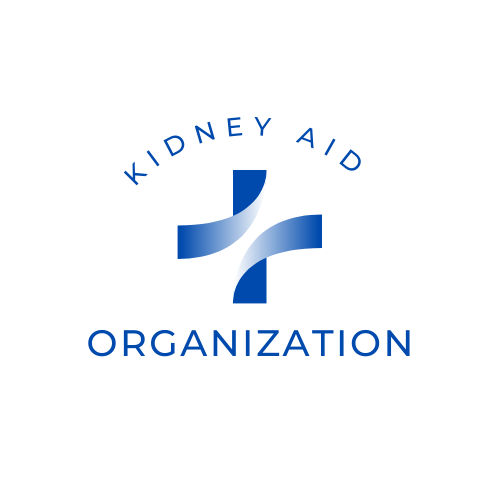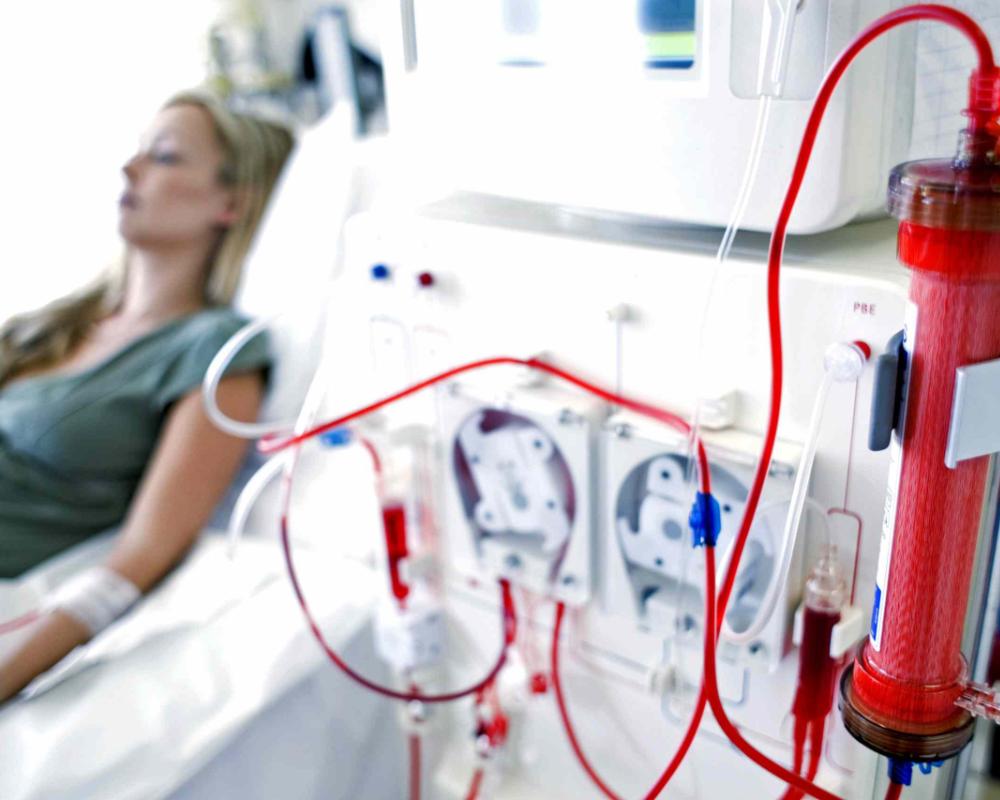Understanding Normal GFR for a 71-Year-Old Female
Introduction to Glomerular Filtration Rate (GFR)
Glomerular Filtration Rate (GFR) is a critical measure of kidney function, providing essential insights into how well the kidneys are filtering waste from the blood. This parameter is particularly important in aging populations, as kidney function naturally declines with age. For a 71-year-old female, understanding what constitutes a "normal" GFR can be crucial for maintaining health and preventing chronic kidney disease (CKD). GFR is measured in milliliters per minute (mL/min) and is adjusted for body surface area (BSA). It can be estimated using formulas such as the Modification of Diet in Renal Disease (MDRD) Study equation or the Chronic Kidney Disease Epidemiology Collaboration (CKD-EPI) equation, which take into account factors like age, gender, and serum creatinine levels. This article delves into what constitutes a normal GFR for a 71-year-old female, exploring the implications of GFR values, factors affecting these values, and how they relate to overall health.The Significance of GFR in Aging Populations
Normal GFR Values by Age
GFR values decline naturally with age. For a young adult, a normal GFR is typically around 90-120 mL/min/1.73 m². However, for a 71-year-old female, a normal GFR is generally lower due to the physiological aging process. Studies indicate that an average GFR for individuals over 70 years old can range from 60-89 mL/min/1.73 m², and this is still considered normal for their age group. It is essential to recognize that what is "normal" for a younger person may not be applicable for older adults. The decline in GFR is a gradual process influenced by various factors, including hypertension, diabetes, and cardiovascular diseases, which are more prevalent in older adults. Therefore, while a GFR of 60-89 mL/min/1.73 m² may suggest mild reduction in kidney function, it is often not a cause for immediate concern in a healthy 71-year-old female without significant comorbid conditions.Factors Affecting GFR in Older Adults
Several factors can influence GFR in older adults, making it important to consider the broader context of an individual's health status:- Hypertension: High blood pressure can damage blood vessels in the kidneys over time, leading to reduced GFR. Managing blood pressure is crucial for maintaining kidney health in older adults.
- Diabetes: Diabetes is a leading cause of kidney disease. Elevated blood sugar levels can harm the kidneys, reducing GFR. Proper management of diabetes through medication, diet, and lifestyle changes is vital.
- Cardiovascular Health: The health of the cardiovascular system significantly impacts kidney function. Heart disease can lead to reduced blood flow to the kidneys, affecting GFR.
- Medications: Some medications commonly prescribed to older adults, such as nonsteroidal anti-inflammatory drugs (NSAIDs), can impair kidney function. It's important for healthcare providers to review and adjust medications as needed.
Monitoring and Managing GFR
Regular monitoring of GFR is important for early detection of kidney function decline. Healthcare providers typically recommend annual check-ups that include blood tests for serum creatinine, which is used to estimate GFR. For a 71-year-old female, understanding trends in GFR can help identify potential issues before they become serious. Managing GFR involves addressing the underlying factors that contribute to its decline. Lifestyle changes such as adopting a kidney-friendly diet, staying hydrated, and maintaining a healthy weight can support kidney health. Additionally, managing chronic conditions like hypertension and diabetes through medication adherence and regular medical consultations is crucial.Implications of Low GFR
Stages of Chronic Kidney Disease (CKD)
GFR is a key indicator used to classify the stages of CKD:- Stage 1: GFR ≥ 90 mL/min/1.73 m² with normal kidney function but presence of other markers of kidney damage.
- Stage 2: GFR 60-89 mL/min/1.73 m² with mild reduction in kidney function.
- Stage 3a: GFR 45-59 mL/min/1.73 m² with moderate reduction in kidney function.
- Stage 3b: GFR 30-44 mL/min/1.73 m² with more significant reduction in kidney function.
- Stage 4: GFR 15-29 mL/min/1.73 m² with severe reduction in kidney function.
- Stage 5: GFR < 15 mL/min/1.73 m², indicative of kidney failure requiring dialysis or transplant.
Symptoms and Risks of Low GFR
A low GFR can lead to various symptoms and health risks, including:- Fatigue: Reduced kidney function can lead to anemia and fatigue.
- Fluid Retention: Swelling in the legs, ankles, and feet due to fluid retention.
- Electrolyte Imbalance: Imbalance of minerals like potassium and phosphorus.
- Increased Risk of Cardiovascular Disease: Kidney disease and cardiovascular health are closely linked.
Preventative Measures and Lifestyle Adjustments
Diet and Nutrition
Diet plays a crucial role in managing GFR and overall kidney health. For older adults, particularly a 71-year-old female, dietary considerations include:- Low Sodium Intake: Reducing sodium helps manage blood pressure and reduces the risk of fluid retention.
- Adequate Protein: While protein is essential, excessive protein can strain the kidneys. Consulting a dietitian for personalized recommendations is beneficial.
- Hydration: Staying well-hydrated supports kidney function. However, those with advanced kidney disease might need to limit fluid intake.
- Balanced Diet: Emphasizing fruits, vegetables, whole grains, and healthy fats supports overall health and can improve kidney function.
Physical Activity
Regular physical activity is beneficial for maintaining a healthy GFR. Exercise helps control blood pressure, manage weight, and improve cardiovascular health, all of which support kidney function. Activities such as walking, swimming, and yoga are suitable for older adults and can be adjusted to individual fitness levels.Medical Management
Managing existing health conditions through regular medical care is vital. This includes:- Blood Pressure Control: Using medications like ACE inhibitors or ARBs as prescribed.
- Diabetes Management: Keeping blood sugar levels within target ranges through medication, diet, and lifestyle changes.
- Regular Check-ups: Frequent monitoring of kidney function and other relevant health parameters to detect changes early.
Medication Review
Regularly reviewing medications with a healthcare provider ensures that none of the prescribed drugs negatively impact kidney function. Adjusting dosages or switching medications can sometimes improve GFR.Conclusion
Understanding what constitutes a normal GFR for a 71-year-old female involves recognizing the natural decline in kidney function with age and the impact of various health factors. A GFR of 60-89 mL/min/1.73 m² is often considered normal for this age group, but regular monitoring and proactive management are crucial to maintaining kidney health. By addressing lifestyle factors, managing chronic conditions, and staying informed about kidney function, older adults can lead healthier, more active lives. Regular consultations with healthcare providers ensure that any changes in GFR are promptly addressed, preventing complications and promoting overall well-being.Are you tired of living under the shadow of kidney disease? Are you yearning for a life free from the shackles of dialysis, kidney failure, and the looming threat of kidney transplants? If so, you're in the right place at the right time. Imagine waking up every morning with boundless energy, feeling rejuvenated and ready to take on the day. Envision a life where your kidneys are functioning optimally, and you no longer dread the burdensome routines of dialysis sessions. The Kidney Disease Solution Program is here to turn that vision into reality for you.


